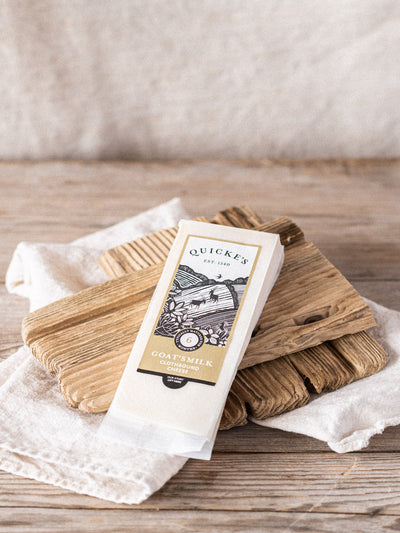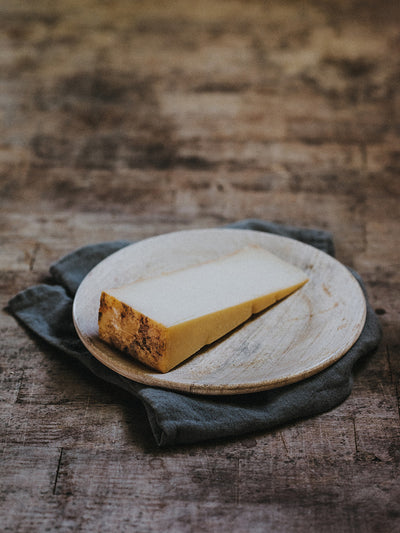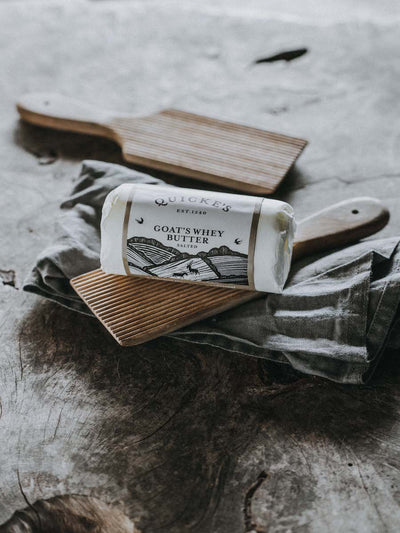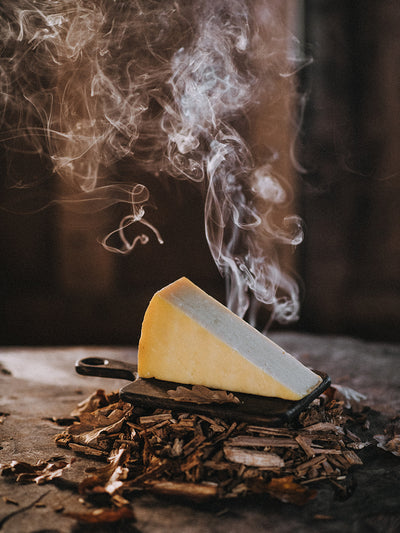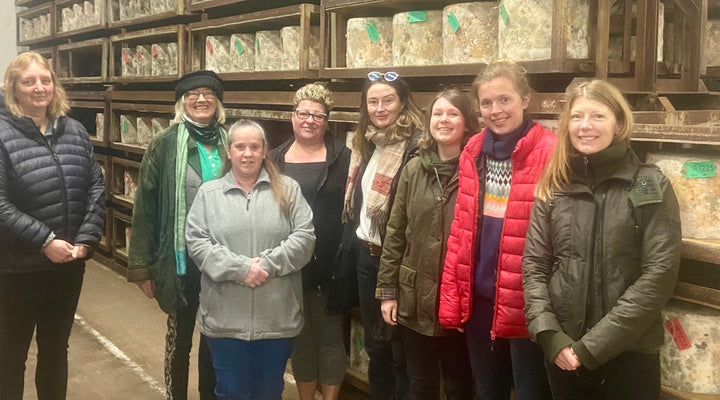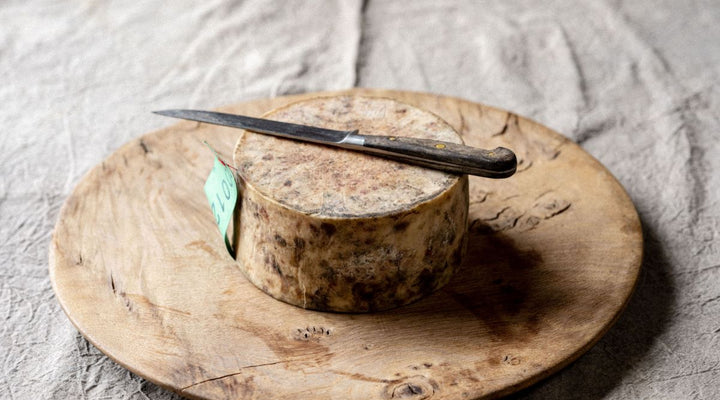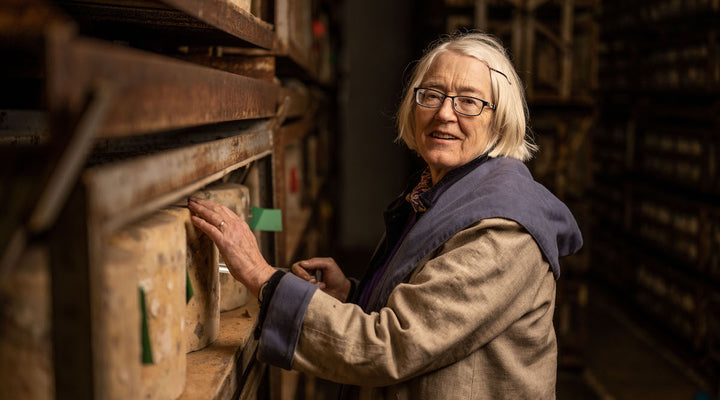NATURE
It’s been a hot, long summer. This year, we sprang from winter straight to summer, without the growthy spring we are used to. We are hoping for a long golden autumn, with enough rain to top up the stores of fodder, and not so much to project us into an early winter. For the last two years the weather has behaved as we wanted in every season. This year reminds us that we farm by the grace of natural processes, we don’t control them.
I came across an apple tree that told the story of the year, boughs drooping to the ground with the weight of the fruit on one side, the other side the branches light with leaves only.
We only have one poisonous snake in Britain, the adder. In the hot weather, we see more of them, or at least their traces. I’ve heard of a horse and a dog bitten. A couple of years ago we found a bull dead in the field, with a swollen face, with two little bite marks on his lip.
Stuart saw a crow with a slow worm in its mouth. It flew onto his chimney, gave one gulp and swallowed it, I guess it was so dry that you go for the visible food. I was showing some classics lecturers around the farm and we noticed how shallow the badger latrines were. It’s hard to dig when the ground is so dry.
ARABLE
We are harvesting spring beans. They were planted late, when the weather warmed, and immediately hit the drought. They flowered up the stem, but only the bottom four made pods. All of the higher flowers tried to pod, and only managed little shrivelled black pods no more substantial than dried flowers.
We sowed the maize at around the same time. It thrives in the heat, and copes better with dry weather. We hope it’ll make up in quality of good fat cobs, what it has lost in height. We’ll harvest it this month and ensile it mixed with oilseed rape meal (what’s left over once you’ve pressed out the vegetable oil) on top of the grass silage already mixed with wheat feed (bran and wheat germ mixed, again leftovers from flour milling). We hope there will be enough to take us through the winter.
GRASS
The grass recovers with rain. The drier pastures on the hill were grey, while the moister valley pastures retained a bit of green. We hope for sufficient rain to reach the roots, soon enough to grow enough silage to top up what the cows have already eaten. Too late, and the grass won’t have enough sugars for the good lactic acid fermentation silage needs.
COWS
The animals have thrived in the drought. They spend no energy keeping themselves warm, and dry grass takes less eating. They are shiny and thriving, and their milk has kept up. The August and September calving cows are calving well, finding a quiet corner of the calving field. Heifers, new to the game, can panic and that’s where an older cow can come in and reassure her. Bossy cows, close to calving, can take on mothering a newborn from a confused heifer. You have to keep your eyes open for signs of calving and see whether the calf has attached itself to someone who still has a calf in her belly.
Our crossbred calves are vigorous, calve easily and are up and suckling quickly. We must make sure they have had a bellyful of colostrum, and we will feed it if we aren’t sure they’ve had enough. It’s so important for their future health.
Their older sisters become a gaggle, with their own relationships and pecking order, grooming each other and providing all the services friends provide. It’s important people are gentle and kind with them, even when they are so self-sufficient. You know you will be milking them and it’s a huge leap of faith for the newly calved heifers - their tight udders demand milking but are sore to the touch. Once the milking machine’s attached they feel relief almost immediately, but they have to trust you long enough to feel it.
DAIRY
September milk makes a beautifully balanced cheese, assuming we get a good flush of grass. You’ve got a good balance of sugars, fibre and protein in the grass, a good balance of mid lactation spring cows and early lactation autumn cows giving just the right fat and protein in the milk for lovely rich flavours in the cheese.
MARY QUICKE

